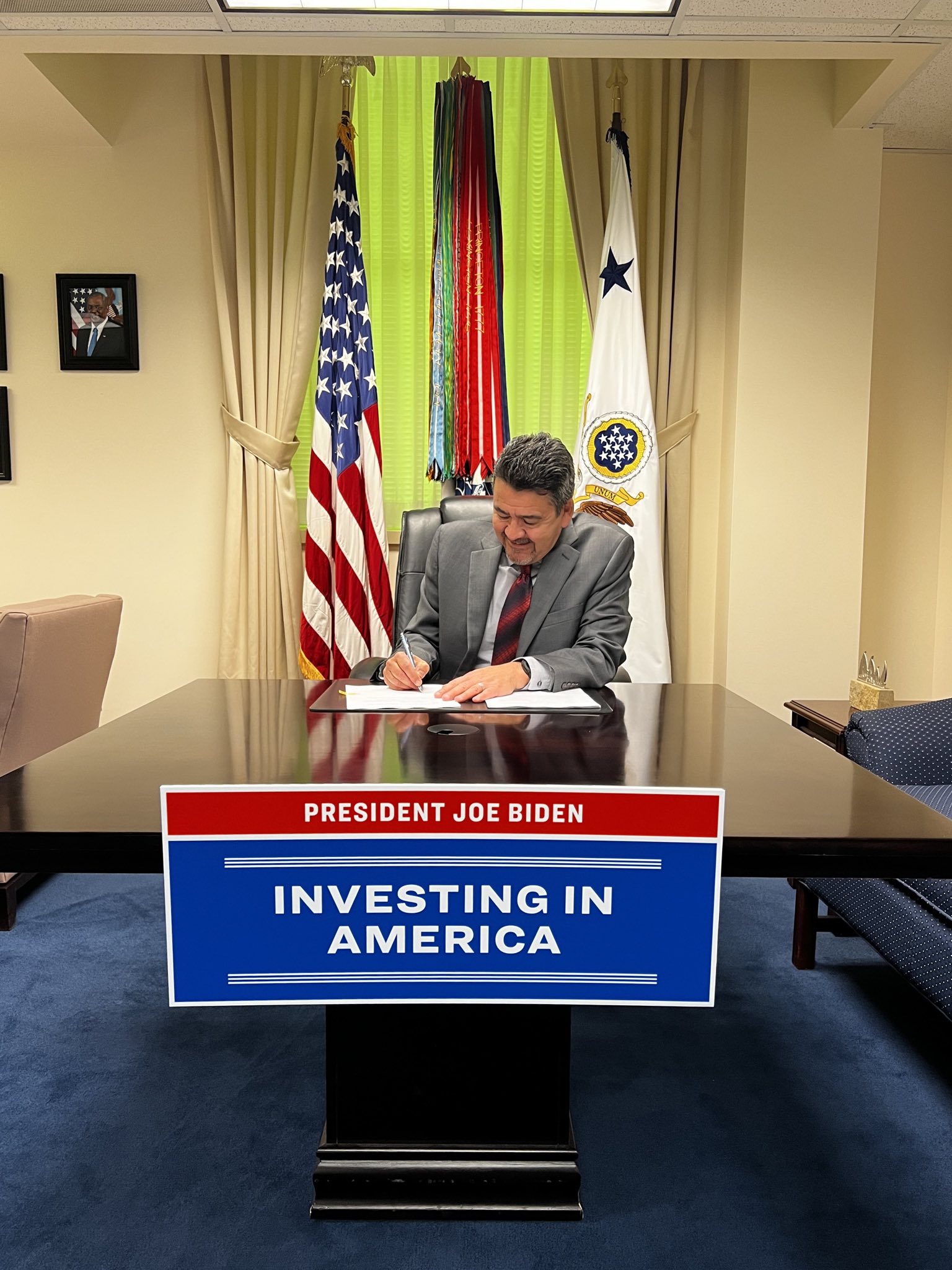

September 20, 2023 - The U.S. Army Corps of Engineers is accepting application for a new $7.5 billion credit assistance program, the Corps Water Infrastructure Financing Program (CWIFP), for dam safety projects. By providing low cost, long-term, flexible loans for dam safety projects, the CWIFP will accelerate non-federal investment in the nation’s dam infrastructure.
June 21, 2023 - Mr. Michael Connor, Assistant Secretary of the Army for Civil Works, signed the Notice of Funding Availability on 21 June. Once this is published in the federal register, the Corps' New Federal Loan Program will be able to receive applications. The program final program rule was effective on 21 June and upon publication in the Federal Register the Corps will begin a 90-day application period.

May 16, 2023 - The Office of the Assistant Secretary of the Army for Civil Works and the U.S. Army Corps of Engineers announced the signing of a final rule to implement a new credit assistance program for dam safety projects. Read more here.

June 10, 2022 - The draft rule to establish CWIFP has been published in the Federal Register for public review and comment until August 9, 2022. The draft rule is a major step in the implementation of CWIFP.
To date, CWIFP has received a total of $81 million for credit subsidy and an additional $15.4 million for administration of the program. This will allow USACE to issue up to approximately $7.5 billion in loans to projects that are focused on maintaining, upgrading and repairing dams identified in the National Inventory of Dams as being owned by non-federal entities. More information on CWIFP funding can be found here.